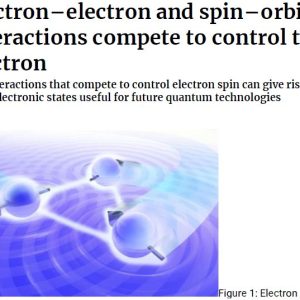
Enabling the 3D atomic-scale imaging of hydrogen in zirconium alloy fuel cladding
₩4,000
Zirconium alloys are used as the fuel cladding and structural components in nuclear
fission reactors. However, while in service, hydrogen is absorbed into these alloys which
leads to the embrittlement of the cladding. When the mechanical properties of the cladding
deteriorate to the point that they are no longer safe for deployment within the reactor, the
entire fuel rod must be removed and disposed of. Hence hydrogen embrittlement of the
Zr cladding is a life-limiting factor for nuclear fuel. Thus, an improved understanding of
hydrogen pick up and embrittlement is critical in order for the nuclear industry to achieve its
aims of increasing fuel burn up and decreasing waste. However, hydrogen is notoriously
difficult to characterise using conventional electron and x-ray microscopy techniques.
Alternatively, atom probe tomography (APT) has previously been demonstrated to be
capable of analysing the 3D distribution of hydrogen (as the isotope deuterium) on the
atomic scale. This thesis focuses on developing new approaches, based around the use of
deuterium as an isotopic surrogate for hydrogen and APT, to image hydrogen at the atomic
scale in zirconium alloys.





상품평
아직 상품평이 없습니다.